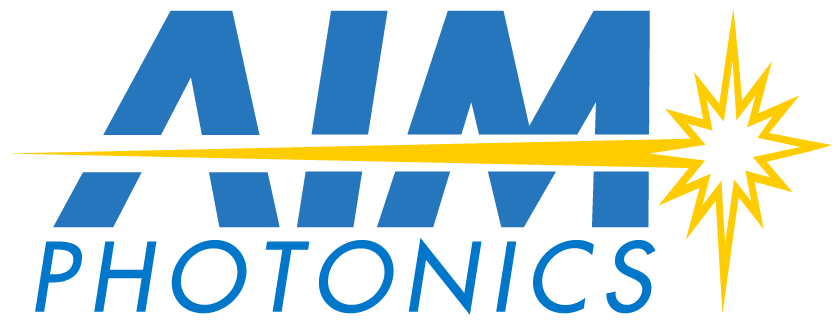AIM Photonics Hosts Visit by New Hampshire’s Sen. Maggie Hassan
Tour highlights AIM Photonics’ quantum computing research and accessibility to emerging technologies for innovative prototype development
AIM Photonics was honored recently to host a visit by U.S. Senator Maggie Hassan of New Hampshire as a part of the senator’s tour of government and commercial facilities that are leading quantum computing research throughout the U.S.
The purpose of Sen. Hassan’s visit to AIM Photonics was to learn more about technologies related to the CHIPS Act and the National Semiconductor Technology Center (NSTC) and, in particular, how AIM Photonics provides technology access to small- to medium-sized businesses not typically available through larger, high-volume commercial foundries.
“As a world leader in design and fabrication of PICs, AIM Photonics is an essential contributor to the widespread adoption of quantum technologies,” said Wade Cook, Executive Director of AIM Photonics. “A significant aspect of our mission is to make our world-class technology available to small and medium enterprises, universities, and of course the U.S. government,” he added.
“Quantum technologies are of substantial importance for many military and commercial applications,” Cook added. “Most quantum devices involve optical technologies and if the optical portions of the device can be implemented as a photonic integrated circuit (PIC), quantum devices will be smaller, more cost effective, and more reliable than if made with discrete optical components.”
During a tour of the facility at the Albany NanoTech Complex, Cook also noted that AIM Photonics has already fabricated quantum-suitable PICs and is currently working on a new process design kit (PDK) and multi-project wafer (MPW) quantum offering which helps lower the barrier of entry for both industry and government to the advanced fabrication technologies needed for quantum prototype development.
“There are three major types of quantum computers out there: photonics, trapped ion, and superconducting. The Albany NanoTech Complex has fabricated chips that are at the heart of all three types of quantum computers,” said Nick Fahrenkopf, photonics engineering manager at AIM Photonics.
“We had an excellent opportunity to show Senator Hassan what’s unique about NYCREATES and the Albany NanoTech Complex, and why our model makes sense for other government initiatives like the NSTC,” he added.
AIM Photonics Executive Director Wade Cook (L) and Photonics Engineering Manager Nick Fahrenkopf (C) make a stop during a facility tour by Sen. Maggie Hassan (R) to discuss the wide range of technical capabilities available at the Albany Nanotech Complex. “A significant aspect of our mission is to make our world-class technology available to small and medium enterprises, universities, and of course the U.S. government,” Cook said.
Nick Fahrenkopf, Photonics Engineering Manager, explains how FOUPs—specialized carriers designed to hold wafers securely and safely in a controlled environment—are automatically transported overhead throughout the Albany Nanotech Complex to move wafers between multiple steps in the manufacturing process.


